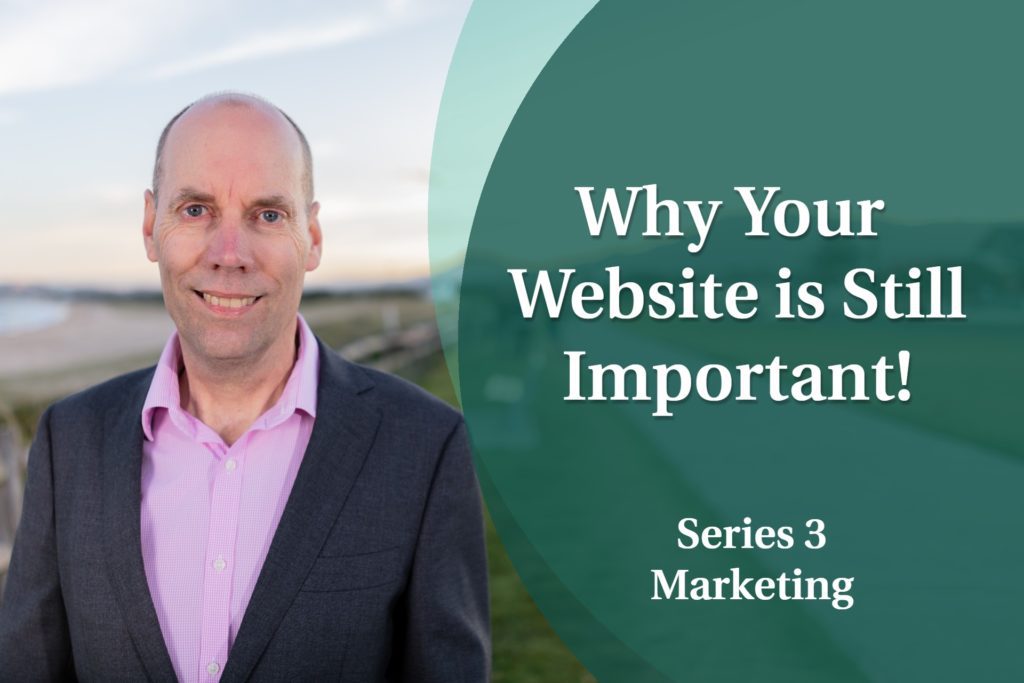
By Phil Latz
Hi, welcome to the second blog in my finance series that I hope will help you become more successful in your business.
As a business owner myself for many years, I understand the challenges that you face.
Today I’ll be diving into financial statements in all their numerical glory.
I am not planning to give you a training course in book-keeping or accounting methods, or go into too much detail about these topics.
There are plenty of good software packages out there and plenty of specific training courses available.
As the business owner, you don’t need to do the books yourself, or even understand the finer details. But it’s vital that you understand the basics, so that’s what I’ll be covering today. More importantly, you need to not just understand the basics of financial statements, but to take the time to review them and then take action based upon that information.
This last step is both the most important and the most neglected by small business owners.
Imagine that you’ve just paid to go to a major sporting event, say a game of football. You walk inside the stadium and there’s no scoreboard. You can’t find the scores online either. No-one is even keeping score. The teams are just playing for the regulation time and then walking off.
How boring would that be for the spectators? And how de-motivating for the players?
Financial statements are the scoreboard of business.
The scores are measured, not by runs, goals or points, but by dollars.
Without accurate, timely financial statements, you can’t tell if you’re winning or losing and that’s vitally important information.
In sport, if you lose, you can just lick your wounds, cop a spray from the coach and front up for the next game.
But the discipline of business is bankruptcy. There are no safety nets or consolation finals.
Just as sports competitions have stages and strategies, there are three critical stages relating to financial statements.
Stage one is collecting data and using it to create your financial statements.
May have heard of the expression ‘garbage in, garbage out’.
The data that goes into your financial statements needs to be as accurate as possible.
Unless your business is at the small start-up phase, or you genuinely love doing the books and are very good at doing them, then I’d strongly recommend that you staff or contract out your bookkeeping.
Stage two is reading the data.
You can delegate 100% of the financial statements’ preparation, but you must learn to read them yourself.
To properly read and comprehend anything, you first need to learn how to read. I’m going to run through the briefest summaries in a moment, but for everything else, please get help.
It’s not enough just to know how to read and understand financial statements. You must read and review them regularly. I would suggest that for most businesses, monthly is ideal. Certainly at least quarterly.
I know that many small business owners only take a cursory look at their financials once a year after their accountant prepares their annual tax returns. Often this is six months or even more after the end of the financial year.
That’s like driving a car with your eyes closed, apart from glancing into your rear view mirror once every block. You won’t even know what hit you when you crash, because you won’t have seen it coming.
Now we’ll run through some key things you need to understand about using financial statements.
There are two main components of any set of financial statements, the Profit and Loss Statement and the Balance Sheet.
Your Profit and Loss, often called the P&L for short, shows you how you’ve gone for a particular period of time.
Often this is for a financial year, which in Australia runs from 1st July to 30th June, but is different in other countries such as the USA and New Zealand.
It’s a good idea to have your book-keeper add extra columns to your P&L. I like to see four columns: current period (be it a financial year, quarter, month or whatever period you’re looking at), and comparison to the same period last year.
Then two columns of percentages, one for the current period and the other for the previous period.
P&L’s start with sales revenue at the top, sometimes called turnover.
Then they deduct the cost of sales, sometimes called cost of goods sold or COGS.
This gives you your Gross profit.
Then they deduct expenses, sometimes called overheads
This gives you your net profit, which is literally the bottom line, upon which that widely used expression is based, ‘What’s the bottom line?’
Sometimes people have trouble understanding the difference between Cost of Goods Sold and Expenses, and where to allocate various payments.
A simple way to think of it is this: your expenses are relatively fixed. If you don’t sell anything today you still have to pay your rent, electricity, insurance and so on, so they’re all expenses.
But your cost of goods directly relate to the amount of stock you need to buy and other direct costs of sales, which should be closely linked to your sales. That’s why they’re also called ‘variables’.
Moving onto the Balance Sheet, unlike the P&L which is for a certain period of time, the Balance Sheet is always as at a certain date.
In Australia that typically means the last day of the financial year, 30th June.
The Balance Sheet also has a standard format:
At the top your assets are listed. Assets are usually broken up into current assets (such as cash) and non-current or fixed assets, such as property.
Next your liabilities are listed.
Finally your liabilities are deducted from your assets to give the bottom line, which is this case is called Equity, or sometimes called ‘Owner’s Equity’.
Your owner’s equity, which can sometimes be a negative number, plus your liabilities, should equal your assets. In other words, they balance, which is why it’s called a balance sheet.
Your Balance Sheet links to your P&L.
Here’s how. Suppose your balance sheet as at 30th June 2019 shows equity of $100.
For the financial year 2019/20 you then show a net profit of $10.
Then your balance sheet as at 30th June 2020 should now show equity of $110 being the original $100, plus the 10 dollar profit from the year of trading.
If you made a $10 loss then the equity go down to $90.
Of course this is a very simplified example, but it illustrates the link.
Finally, Stage three is making decisions and taking action based upon what your financial statements are telling you.
This is using your financials as a business management tool.
That’s what the smart, successful businesses do. Why don’t you join them?
Here’s a tip for free that consultants will charge you a fortune to do. It’s one of the quickest and easiest ways to grow your net profit.
Suppose you’re running at 5% net profit. If you can save a dollar from any expense, it will go straight to your bottom line. In other words, every dollar you save in expenses will be a dollar more on your net profit figure.
But to get the same impact on your net profit by increasing sales, you’d have to sell $20 more, because $20 x 5% net profit rate equals $1.
So take a good close look at your expenses. Put a ring around the biggest ones, say the top five or 10, depending upon the size of your business and length of the list. If you have the % column switched on in your financials software, it will make it easier to pick them out.
Then consider each of these one by one. How long have you been with the same supplier on the same deal?
How long since you’ve put each one out to tender? In other words, sought at least three competitive prices for that product or service?
If your answer is ‘Never’ or ‘Not for years’, then take action now! This is classic quadrant two work, it’s not urgent but it’s important! If you don’t know what I’m referring to, then please go back to video six from my first series about the four quadrants.
It’s worth repeating, every dollar you save will go straight to the bottom line. Going back to our example business that’s making a 5% profit, if they can save $10,000 that has the same bottom line effect as selling an extra $200,000 worth of products, with a lot less time, effort and headaches to go with it.
This is just one example of how you can use your financial statements as a tool to take positive action and improve your business. I could give you many more, but for now, we’ve run out of time.
In my next blog in this series I’m going to help you see the difference between turnover and profit and why the second of these two is so much more important to your business.
I believe that with passion, consistent effort and wise advice you can succeed in your business.
I wish you all the best and I’ll see you next time.


